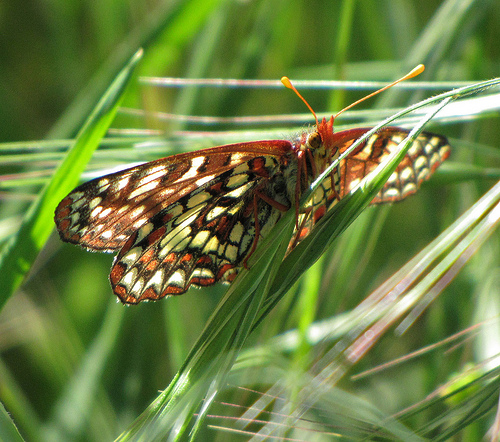Probably billions, as climate change complicates conservation

Traditional approaches to preserving biodiversity may not hold up as the climate changes.
One common tool environmental groups use now is to buy land. But that tactic only works if, once the land is protected, the species that live there can stay there. Climate change scrambles that notion. Species won’t necessarily be able to stay where they are in perpetuity. A new study in the journal Conservation Biology (abstract only) examines what it would cost to stick to the current approach and the same conservation goals in one area in California. And that number — again, for just one conservation area — is staggering. By 2100, the study finds, the total price tag will be about $2.5 billion.
“It is a dizzying number,” Rebecca Shaw, the associate vice president of the Environmental Defense Fund and one of the study’s authors, told me. “And it’s dizzying because climate change is dynamic and our conservation strategies are designed for static systems.”
Shaw explains that the current approach — searching out good habitat, buying the land, hands-on management and monitoring — is expensive anyway. But she predicts that climate change will double the cost.
Shaw studied the Mount Hamilton Project Area, southeast of San Jose. It’s home to animals like the Bay checkerspot butterfly, the San Joaquin kit fox, and the California horned lark. These species are native to the area but they may not be able to stay there. Climate change will likely squeeze them out of their habitats. Some, like the checkerspot, Shaw projects, will disappear from California entirely.
“We need to get creative about how we’re going to conserve species in the future,” she said. “We can save a portion of the species and the habitats, but we’ve got to get economically savvy about what it’s going to cost.”
One cost-saving idea Shaw suggests is to work with private landowners — farmers and ranchers, for example — to borrow or lease land from them as species migrate through their property.
